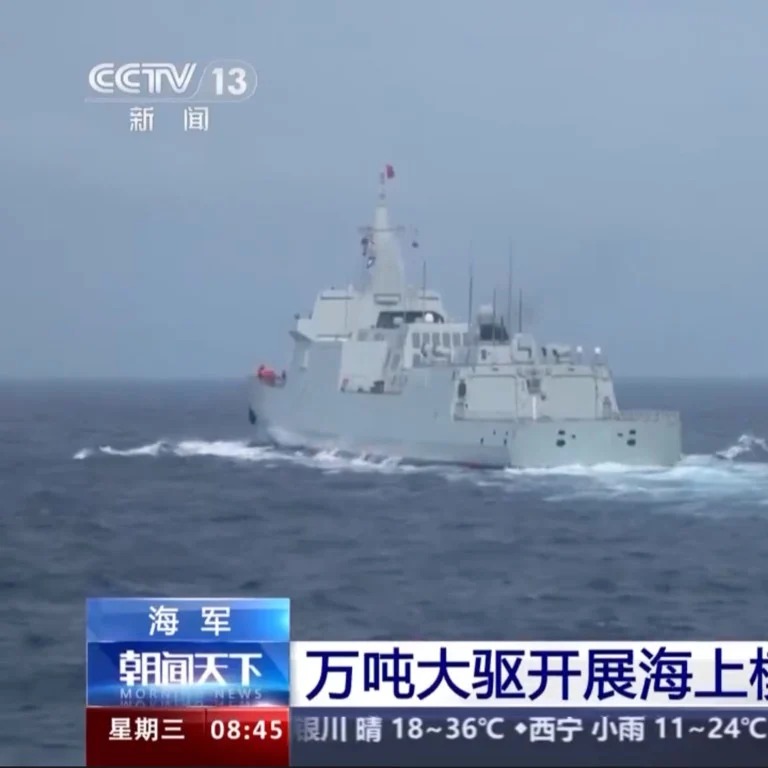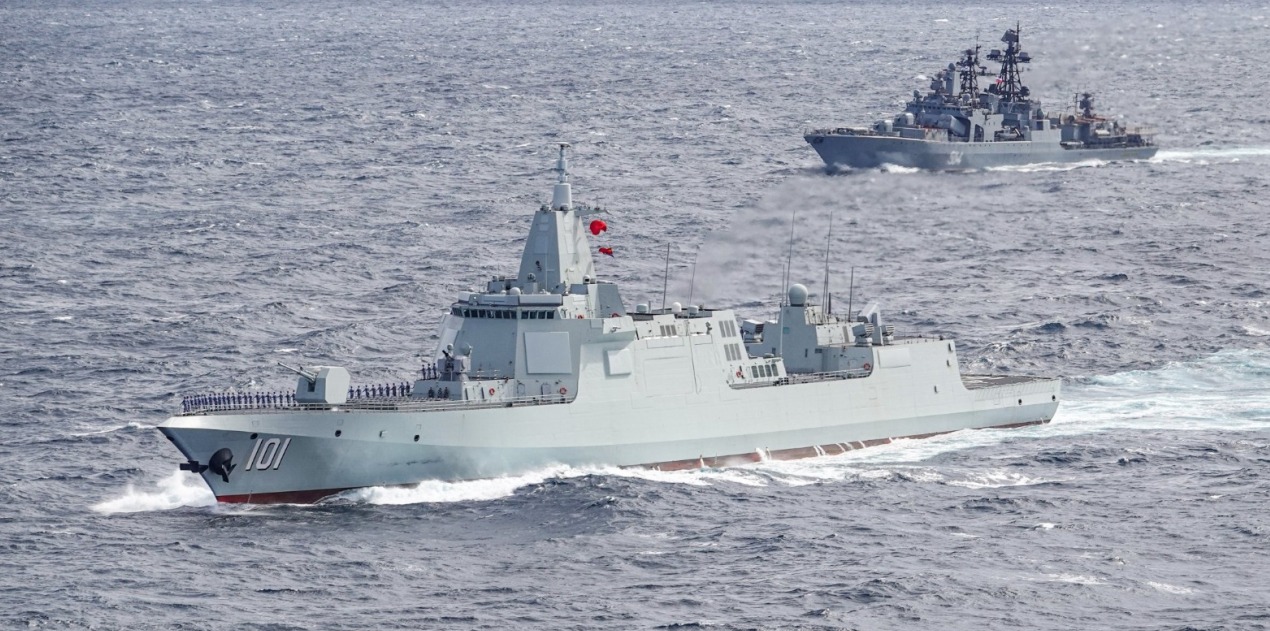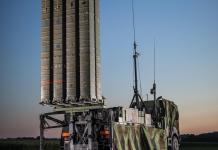In a rare demonstration of maritime strength, three of China’s state-of-the-art Type 055 destroyers have participated in extensive military drills in the contentious South China Sea. This strategic region remains a focal point of rising tensions between China and the United States.
S-400 Triumf: Indians Anxious As Russian AD System ‘Struggles’ In Ukraine War; Should IAF Worry?
A destroyer detachment affiliated with the navy of the Chinese People’s Liberation Army (PLA) Southern Theater Command, which manages operations in the South China Sea, recently organized an intensive training task force.
This force conducted round-the-clock, long-endurance combat exercises, underscoring China’s efforts to enhance its naval capabilities in the area. The training task force included the Type 055 destroyers Xianyang, Zunyi, and Yan’an, as well as the Type 052C destroyer Haikou.
The report said that over six days, the fleet engaged in various complex maneuvers and drills, including main gun firing at land targets, anti-submarine warfare, sea assaults, and replenishment-at-sea operations.
This exercise marks the first publicly known instance of three Type 055 destroyers participating in the same drill, highlighting their growing prominence in China’s naval strategy.
As of 2024, the PLA Navy has commissioned eight Type 055 destroyers, four of which are assigned to the Southern Theater Command, which is responsible for the South China Sea. The first of these advanced ships entered service in 2020.

The exercises involved the task force swiftly reaching their target region and maneuvering into defensive formations before transitioning to offensive sea attack formations to launch precision strikes on simulated targets.
Upon encountering multiple unidentified aerial objects, the fleet shifted into anti-aircraft formations to intercept these mock air threats. Additionally, a shipborne helicopter was deployed to coordinate with the warships in conducting comprehensive submarine searches.
However, as Chinese media described, the most visually striking aspect of the drills was the synchronized movement of the three Type 055 destroyers. The ships advanced side by side, then aligned in a single file to simulate a replenishment-at-sea operation, showcasing their operational coordination.
Meanwhile, the report characterized the latest exercise as routine and not directed at any third party. However, it comes after a series of incidents in contested areas of the South China Sea, particularly around the Philippine-held Second Thomas Shoal. These incidents have involved China using water cannons on Philippine ships and vessel collisions.
China’s Lethal Type 055 Warship
The People’s Liberation Army Navy (PLAN) Type 055 destroyers rank among the world’s most powerful warships. They are the pinnacle of China’s efforts to develop advanced long-range surface combatants for power projection and to escort the PLAN’s expanding aircraft carrier fleet.
These destroyers trace their lineage through several generations of increasingly advanced PLAN warships, including the Luyang III (Type 052D) guided-missile destroyers.
Initially conceptualized in the late 1960s, the PLA Navy began exploring the design for a new and larger destroyer. A formal program named “055” was established a decade later but was subsequently shelved in the early 1980s due to technical and industrial constraints.
In 2014, a full-scale mock-up of the destroyer was unveiled at the Chinese naval electronic testing range in Wuhan. The lead ship of the class, Nanchang, was launched in 2017 and officially commissioned into service in 2020.
Since then, an additional seven vessels of this class have entered operational service with the PLA Navy, including Lhasa (pennant number 102), Anshan (104), Wuxi (107), Dalian (105), and Yan’an (106). These ships were constructed at the Jiangnan Shipyard in Shanghai and Dalian Shipbuilding in Dalian.

Furthermore, China continues to expand its fleet of Type 055 destroyers. In May, reports indicated the launch of the 10th Type 055 destroyer, with production efforts accelerating.
Carl Schuster, a former director of operations at the US Pacific Command’s Joint Intelligence Center, estimated that China intends to build approximately 20 of these advanced destroyers. These will complement smaller Type 054 frigates and the expanding fleet of aircraft carriers, aiming to field up to four carrier battle groups by 2030.
Meanwhile, the recent display of these warships in the latest exercise underscores their significance in bolstering China’s naval capabilities.
In early 2024, China lauded its Type 055 destroyer as a “role model” following its performance in multiple military drills. The warship was deployed to counter simulated barrages from foreign forces, earning praise from the Chinese Communist Party committee of the PLA Navy, as reported by the EurAsian Times.
The Type 055 is prominently focused on surface warfare. It ranks among the world’s most formidable vessels and serves as a highly lethal platform designed for modern warfare.
Several key attributes highlight the significance of the Type 055 destroyer. Propulsion is driven by four gas turbines arranged in a combined gas turbine and gas turbine configuration, marking China’s first major combat ship to utilize full gas turbine power.
Moreover, its primary armament comprises missiles housed in 112 universal vertical launch cells (VLS), the largest such complement among Chinese combat ships. These universal cells enable simultaneous operations against diverse threats and support a variety of missile types, including surface-to-air, anti-ship cruise, anti-submarine rockets, and land-attack cruise missiles.
The Type 055’s electronics and sensor suite depart from previous classes, having transitioned entirely from Russian-derived subsystems to indigenous Chinese research and development. This includes advanced air search, fire control, and over-the-horizon targeting radars integrated into an indigenous mast structure.
The ship’s deckhouse features four active electronically scanned array (AESA) panels and Multifunction Integrated Radio Frequency Systems (MFIRFS), consolidating radar, communications, and electronic capabilities within a unified electronic superstructure.
- Contact the author at ashishmichel(at)gmail.com
- Follow EurAsian Times on Google News




